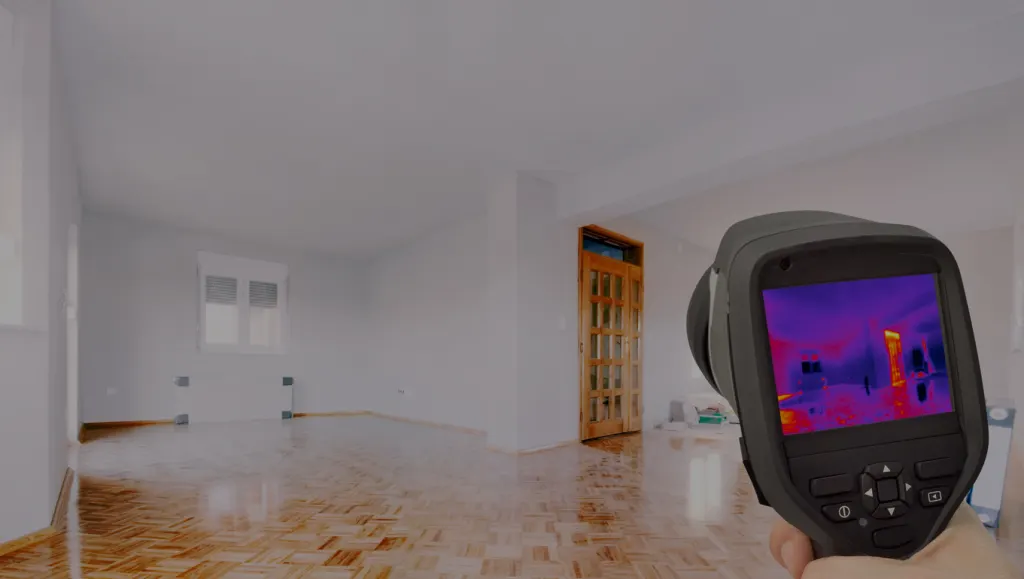Your guide to Home Assessment
At Go Green we aim to give you information and tools to help you decide how to improve the comfort and energy performance of your home. While many of our partners will visit your home to assess your needs there are options available if you wish to have a professional assessment of how your home is performing. One such option, is thermal imaging.
Discover its benefits:
Your guide to Home Assessment
At Go Green we aim to give you information and tools to help you decide how to improve the comfort and energy performance of your home. While many of our partners will visit your home to assess your needs for their services, there are options available if you wish to have a professionally conducted general assessment of how your home is performing. One such option, is thermal imaging.
Expand all

